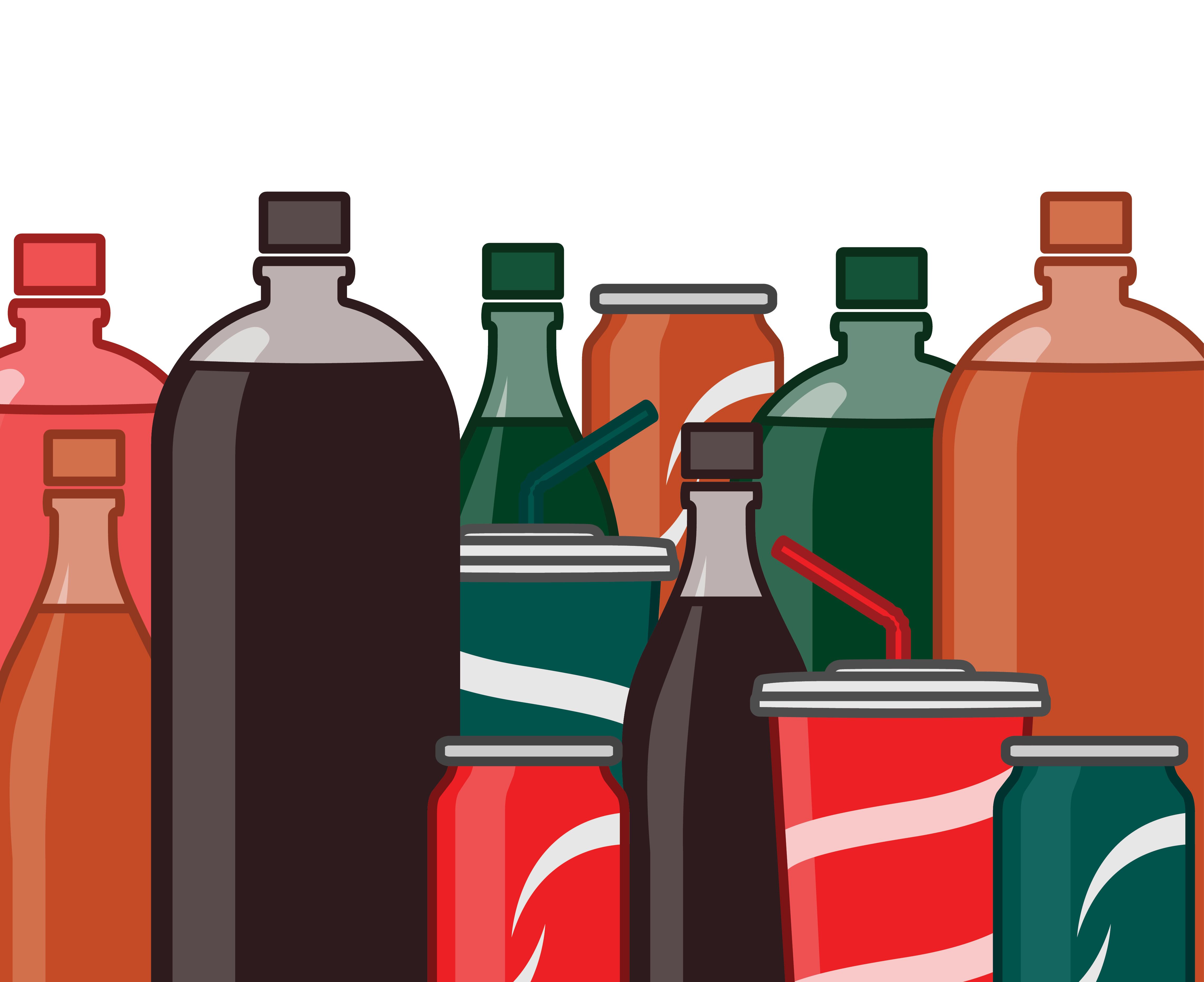Sugar reduction is tipped as a food and beverage trend that is set to gain further steam in 2020 and beyond.
Many sugar reduction strategies have focused on replacing sugar with a combination of sweeteners and other ingredients to simulate the functional properties of sugar, such as texture and bulking properties.
However, consumer research suggests shoppers would actually rather cut back on sugar without replacing it with alternative sweeteners. According to INNOVA Market Insights, three in five US consumers would prefer an approach to sugar reduction that did not substitute the ingredient for an alternate sugar.
“The demand for products containing less sugar poses a challenge for the producers of flavoured drinks, which by tradition have high sugar content. While many drinks producers have solved this by replacing some or all of the sugar content with artificial or processed sweeteners, consumer organisations are starting to resist the wide application of such sweeteners,” researchers at NIZO noted.
“The additional dilemma for producers is that while consumers prefer not to compromise on taste, they are also increasingly on the lookout for products that contain natural ingredients, free of E numbers and artificial additives.”
Maintaining sweetness while cutting sugar, without relying on sweeteners (natural or synthetic), is certainly a tall task. But research from NIZO could show a path forward for product formulators.
“NIZO studied sweetness enhancement using naturally occurring aromas of reducing the sugar content of flavoured beverages while maintaining taste,” a spokesperson explained.
“This research suggests that the ability of consumers to differentiate between taste and aroma is limited, and that aromas can be used to produce long-lasting sweetness-enhancing effects.”
An alternate approach for label-conscious consumers
NIZO is working on what it describes as ‘alternative strategies’ to keep ‘label conscious consumers happy’ while also avoiding high sugar content in soft drinks.
One such strategy currently under investigation is to make use of so-called ‘cross-modal effects’.
By being exposed to different foods and beverages, we learn to associate aromas with the taste they usually accompany, NIZO noted.
“Adding an aroma to mimic the smell of sugar-rich versions of the food increases the perceived sweetness by mere suggestion. In other words, the brain tells us the sweetness is there, even when the sweet ingredient is not.”
Using aroma to enhance sweetness perception is a ‘relatively new concept’ and, until now, it was unclear whether the sweetness-enhancing effect of an aroma is strong enough to enhance taste perception in the longer term.
To put the impact of aroma on sweetness perception to the test, NIZO used an olfactometer to deliver precise amounts of aromas into a subject’s nose while they are consuming food, alongside a gustometer to deliver precise amounts of taste stimuli onto a subject’s tongue.
“Such devices have allowed us to demonstrate that a drink is perceived as much sweeter if a sweet-smelling aroma is delivered to the nose at the same time,” the researchers concluded.
One of the aromas being tested at NIZO is ethyl hexanoate (HEX), a natural aroma component that is synthesised in apples during ripening.
“While it is fairly easy to persuade people that the apple juice they are tasting contains a higher amount of sugar than it actually does – just by adding HEX to the apple juice – this cross-modal effect is the strongest in untrained test subjects who are exposed to HEX for the first time.”
This suggests that people can ‘learn’ to differentiate between whether sweetness is being delivered through sugar or added aroma.
Nevertheless, NIZO concluded: “These results clearly indicate that aromas have potential for enhancing sweetness in flavoured beverages.”


